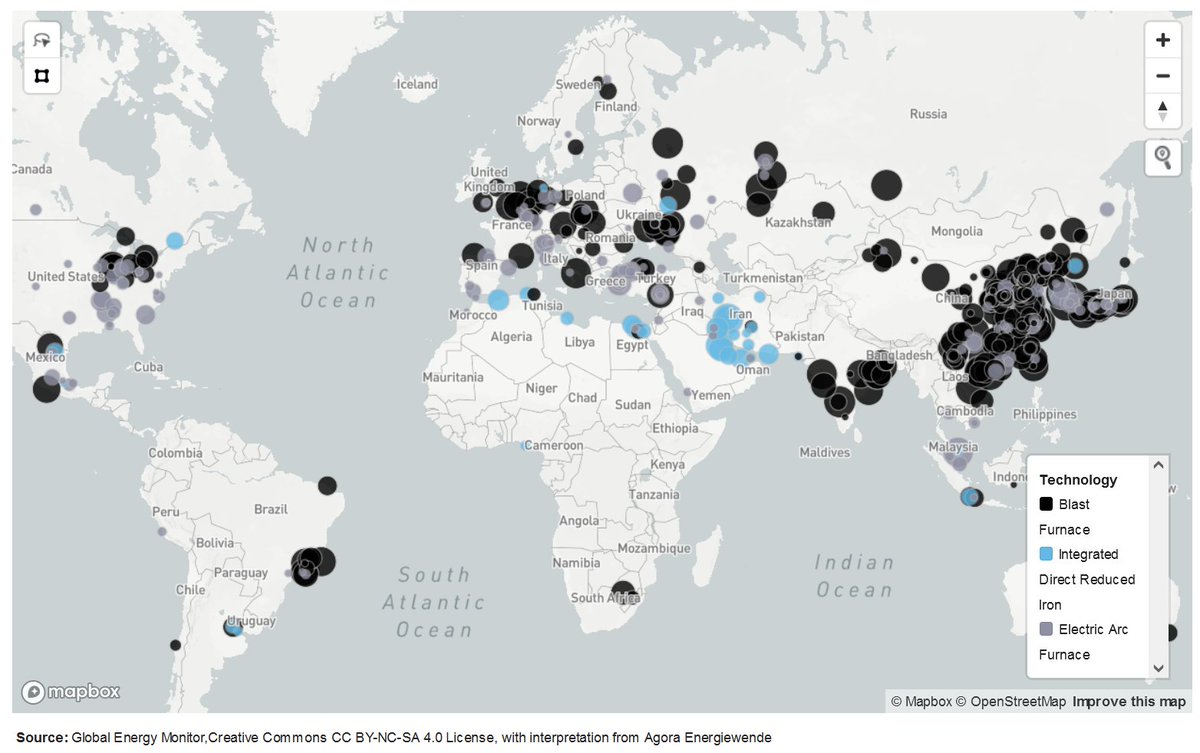
Hydrogen is one lever for #climateneutrality in areas which are challenging to electrify. But where does #H2 research stand currently & what new findings are available? With our new impulse "12 Insights on #Hydrogen" we shed light on the subject. 🧵 👇 1/8 

Finding 1: By 2050, carbon-free #H2 provides 1/5 of world's final energy, mainly made from renewable electricity. H2 should first decarbonize industry, shipping, aviation + consolidate a #greenenergy system. H2 infrastructure should meet need of industry, ports & power grids. 2/8 

Finding 2: Financing #greenH2 in no-regret applications (industry, power, shipping, aviation) needs additional policy support since #carbonprice will remain insufficient over the next decade. No credible financing strategy for introducing green #H2 in #households. 3/8 

Finding 3: To achieve the 1.5° target, Europe must reduce its #gas consumption drastically. #Hydrogen mobility on land will remain a niche, and gas distribution infrastructure will survive only close to ports and industrial clusters. 4/8 

Finding 4: EU states must secure local acceptance of greater #renewables deployment as well as tapping cheap, clean H2 from neighbours with low transport costs to keep industry competitive. There will be a global market for synthetic fuels 5/8 

The publication “12 Insights on Hydrogen” including all graphics and background information can now be downloaded here: tinyurl.com/4bjn4p4h 6/8
You missed our corresponding webinar today? @gnievchenko, one of our Agora H2 experts, presented his and @Ma_Deutsch study findings. For those you couldn’t make It today, the recording will be uploaded for replay in the upcoming days. 7/8 

In the coming weeks, keep a close Twitter eye on our H2 expert, @gnievchenko. He'll be giving us deeper walkthrough of the study. Stay tuned: twitter.com/gnievchenko 8/8
• • •
Missing some Tweet in this thread? You can try to
force a refresh



















